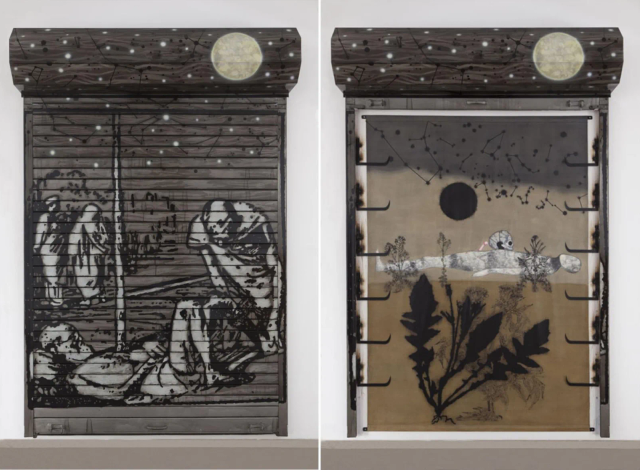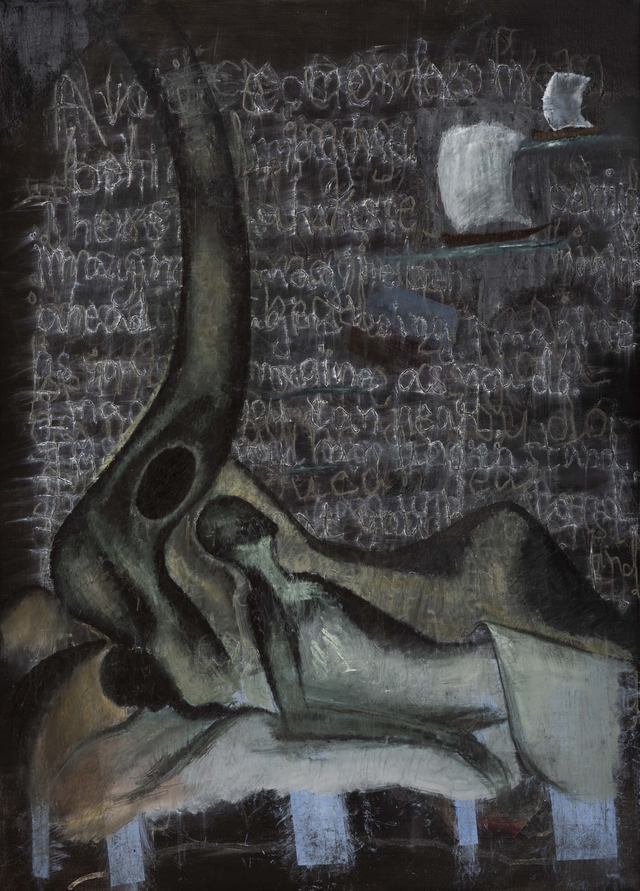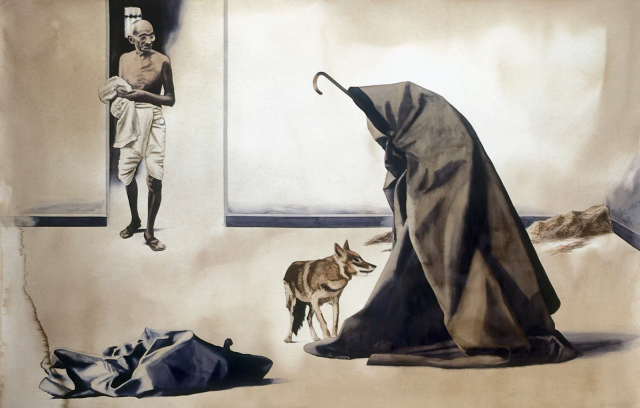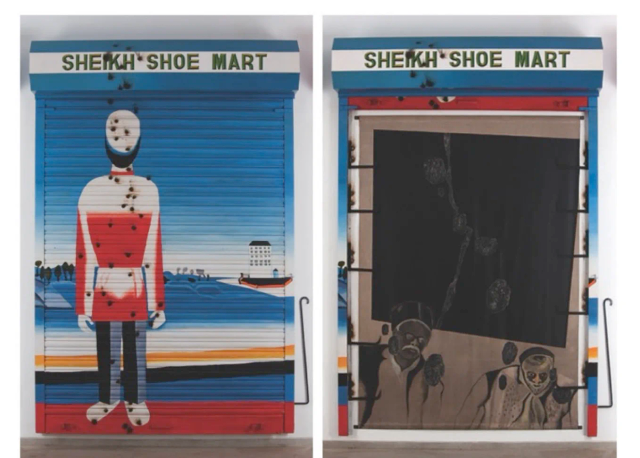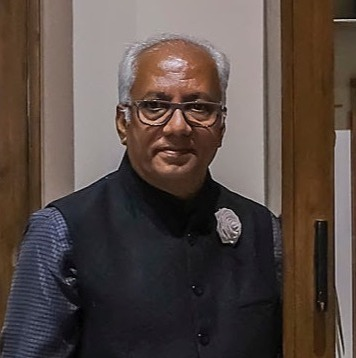
Atul Dodiya
Atul Dodiya is one of India's most highly regarded postcolonial artists known for his unique interpretation of photorealism and skillful utilization of wooden cabinets and roller shutters.
Biography of Atul Dodiya
Atul Dodiya was born into a middle-class Gujarati family in Ghatkopar, Mumbai, in 1959. He obtained a BFA in painting from the Sir J. J. School of Art in 1982. A significant turning point in his artistic journey came in 1991-1992 when he was awarded a scholarship by the French government, enabling him and his wife, artist Anju Dodiya, to spend a substantial amount of time in Paris.
Here, Dodiya studied at the École des Beaux-Arts and underwent a transformative experience. It was his first time leaving India, and he had the opportunity to witness firsthand the renowned works of art and esteemed institutions that had inspired him as a student and young artist. This exposure to original works by influential figures such as Picasso and Modigliani led him to reevaluate the modernist principles he had been accustomed to in Bombay and embrace the more experimental and dynamic trajectory of 20th-century art. Upon his return to India in 1992, Dodiya sought to implement numerous changes in his artistic practice.
Dodiya's artistic achievements include over 32 solo exhibitions held at esteemed venues such as Vadehra Art Gallery, Galerie Templon in Brussels, Nature Morte in Berlin, and Bose Pacia in New York. Mid-career retrospectives of his work have been showcased at prominent institutions such as the Contemporary Arts Centre in Cincinnati, the Reina Sofia Museum in Madrid, and the Japan Foundation Asia Centre in Tokyo.
Dodiya has actively participated in renowned art events and biennials worldwide, including the India Pavilion at the 58th Venice Biennale (2019), the 1st Kochi–Muziris Biennale (2012), the 7th Asia Pacific Triennial in Brisbane (2012), the Biennale Jogja XI (2011), the 7th Gwangju Biennale (2008), Documenta12 (2007), the 51st Venice Biennale (2005), and the 1st Yokohama Triennale (2001).
His works have found a place in prestigious collections such as the Ishara Art Foundation and the Prabhakar Collection in Dubai, the Guggenheim Museum, the Herwitz Collection at the Peabody Essex Museum in Salem, the Fukuoka Asian Art Museum in Japan, the Philadelphia Museum of Art, Tate Modern in London, Centre Pompidou in Paris, the Kiran Nadar Museum of Art in New Delhi among many others.
Atul Dodiya currently resides and works in Mumbai, India.
Atul Dodiya's art style
Dodiya gained recognition for his hyperrealist paintings capturing middle-class Indian life, as well as his watercolor and oil series dedicated to Mahatma Gandhi. Dodiya's paintings, assemblages, and sculpture installations reflect his sophisticated and passionate reaction to the sense of crisis he experiences as both an artist and a citizen within a transitional society damaged by the persistent inequalities of capital, yet inspired by the transformative forces of globalization. Skillfully weaving together a diverse range of influences, including various painting traditions, the written word, images from the media, religious figures and legends, national history, traumas, and autobiographical narratives, Dodiya creates a rich tapestry of artistic expression.
His artworks serve as a reflection of the multifaceted socio-political landscape of India, while also engaging with the broader context of art history. Dodiya's visual language draws from his deep engagement with and exploration of visual culture, spanning from television shows on Doordarshan to international art cinema, hand-painted film posters to advertising billboards, and popular political and religious iconography. His allegorical paintings on canvas or metal roller shutters, as well as his watercolors, evoke a spectrum of emotions, oscillating between aggression and poeticism, captivating viewers with their powerful narratives.
Years:
Born in 1959
Country:
India, Mumbai
Gallery:
Social

